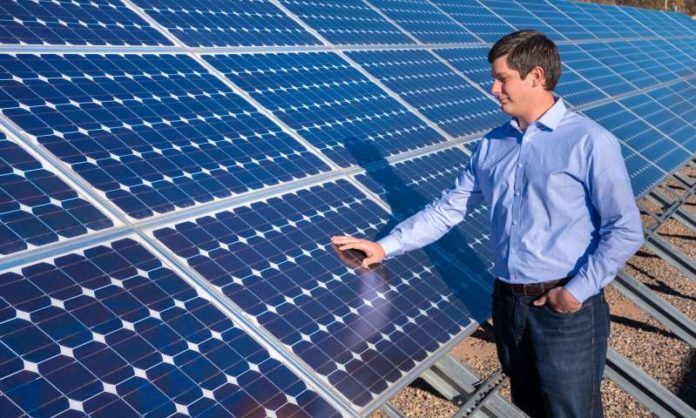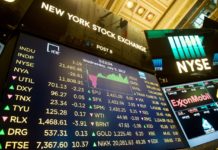Solar stocks made headlines in 2019. Advances in efficiency, increasing consumer demand for sustainable energy, and the trade war with China led investors on a roller coaster ride of ups and downs.
While solar is an obvious investment opportunity for its renewable energy implications in the residential, commercial, and industrial sector, there’s something potentially much larger at play. Savvy investors call it a “precessional opportunity.”
What is Precession?
Precession is a term often associated with physics, and it refers to a change in rotation along a spinning axis, but financial gurus have another meaning in mind. In investing, precession means taking a look into the future by looking at the ripple effect of an action.
Solar is a perfect example of a precessional opportunity. From its early days (going back to 1839 when the concept of harnessing the energy of the sun onto a material substrate was first discovered), the focus of solar has been on providing a widely available energy source. Today, the push to solar has more to do with its ability to power the world cleanly and sustainably, but few people are talking about solar’s other big ripple opportunity: transportation.
Until recently, the idea of electric vehicles going mainstream seemed like nothing more than a pipedream, but thanks to Tesla, BMW, Audi, and Lexus, electric vehicles now make up 2% of the cars on the road, and that number is rising rapidly.
However, the idea of a solar-powered vehicle on the freeway is still years away. What’s closer on the horizon is the use of solar technology to power the transportation industry.
Amazon Continues to be a Disruptor
Amazon first introduced the concept of drone delivery in 2013 when they began testing drone vehicles to deliver packages. As Prime members have become accustomed to next-day (and sometimes same-day) delivery, the push is to speed up delivery times, regardless of how rural or remote an address is.
With drones, Amazon believes they can reach 90% of their customer base. This means no more reliance on gas-guzzling vehicles, large fleets of drivers, and congested roadways. Amazon’s drone technology could be implemented in a matter of months.
Instead of striving to improve the efficiency of delivery trucks, their solution is to get rid of them altogether.
One of the barriers Amazon faced as they devised the logistics for drone delivery had to do with powering the devices. While the company isn’t concerned about a drone’s limited range, the idea of keeping them charged (especially during flight) was always a limitation. By using solar, Amazon’s drones can charge themselves as they fly. As a result, the drones would require less maintenance and be a cleaner, more efficient technology.
Further proof that this solution is more than a futuristic pipe dream is the number of imitators implementing their own drone delivery programs. FedEx, Walmart, and even Pizza Hut are also jumping on the drone bandwagon for their delivery needs.
According to Amazon, solar-powered drones are expected to launch “within months.”1 And this could spell the beginning of rapid growth in solar with brand new applications.
Bottom Line: Though many solar stocks rallied during the second half of 2019, there are still opportunities to enter this sector. It’s also a smart long-term play. Investors might want to look at exchange-traded funds that hold a variety of solar-focused companies.








